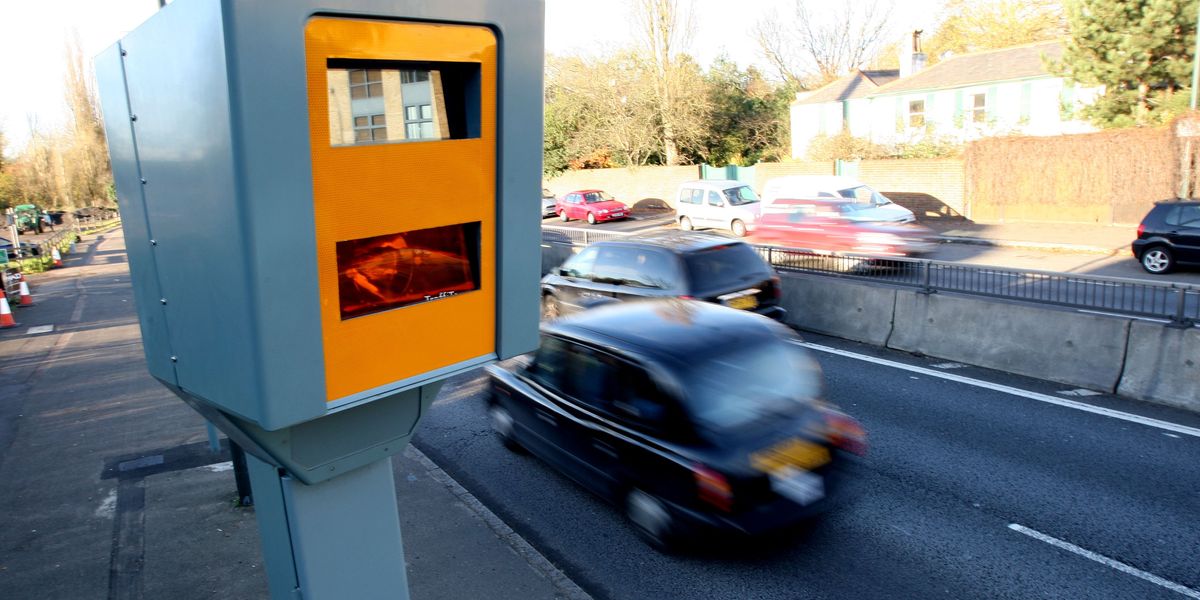Polar bears are some of the Arctic’s most iconic animals, yet their lives remain something of a mystery.
Now, incredible footage has offered a glimpse at these majestic creatures and their cubs for the very first time.
An adorable video shows the moment three tiny polar bear cubs emerged from their den with their mum on the remote island of Svalbard, Norway.
The incredible footage took scientists almost a decade to capture and gives the first detailed look at this critical moment in a polar bear’s life.
Polar bear mums make their dens deep beneath the snow in some of the most inaccessible parts of the Arctic.
However, using a combination of satellite tracking collars and remote camera traps, researchers have finally been able to study these elusive animals’ parenting habits.
As a warming climate puts pressure on polar bear mums, the researchers say these findings will be vital to help protect their dens.
Lead author Dr Louise Archer, from the University of Toronto Scarborough, says: ‘Every den we monitored had its own story, every data point adds to our understanding of this crucial time and supports more effective conservation strategies.’
Polar bears are some of the Arctic’s most iconic animals, yet their lives remain something of a mystery. Now, incredible footage has offered a glimpse at these majestic creatures and their cubs for the very first time

Using a combination of satellite tracking and remote camera traps, researchers have recorded polar bear cubs first steps outside their den
The remote Norwegian island of Svalbard is among the most northern permanently settled areas in the world.
In addition to the 2,700 human inhabitants, the island is also home to about 300 polar bears.
But because the dens are so well hidden, studying how and when the cubs emerge has proven to be extremely difficult.
Around November, pregnant polar bears will dig out a deep cave in the snow for their den.
Then, around Christmas, the mother will give birth to between one and three blind, hairless cubs weighing just 500 grams (one lb).
Nursing on their mother’s milk, which is 31 per cent fat, the cubs grow quickly and reach around 10kg by the time they emerge from the den in spring.
In this new study, researchers fitted 13 polar bears with satellite tracking collars that also recorded the surrounding temperature.
Inside the den, it can be up to 25°C (45°F) hotter than on the surface thanks to the mother’s body heat.

There are approximately 300 polar bers living on Svalbard, that is almost one polar bear for every 10 people on the island

This study provides a vital insight into polar bears cubbing habits and reveals that cubs are extremely depended on their mothers, only being spotted separately five per cent of the time

Polar bear dens like this one on Svalbard are extremely well hidden and are very hard to study. However, researchers managed to track 13 polar bear mothers to their dens using satellite collars

Researchers travelled into the remote Arctic to set up automatic camera traps (pictured) to capture data on the first moments polar bear cubs emerged from their dens

Polar bear mothers only emerge from their dens for a few minutes to an hour at a time to stretch their legs. Although some would move their family to a new den during the cubbing period

An adorable video shows the moment three tiny polar bear cubs emerged from their den with their mum on the remote island of Svalbard, Norway

These camera traps captured extremely rare recordings of polar bear cubbing behaviour, revealing exactly when they entered their dens and when they next emerged
So, by looking for when the polar bear stopped moving and started getting warmer, the researchers could pinpoint the exact moment they went into their den.
Travelling by helicopter and cross-country skiing, researchers set up a series of remote camera traps to record the area around each of the dens.
Co-author Dr Jon Aars, senior researcher at the Norwegian Polar Institute, says: ‘As the data from satellite radio collars were available for all the mothers, the observational data made it possible to tell how changes in activity and temperature recorded correspond with behaviour.’
In an extremely rare video, the researchers captured the moment a polar bear mum and her three cubs first emerged from the den.
The heartwarming footage shows the mother striding ahead, with her cubs scampering along quickly in pursuit.
One of the cubs even appears to playfully clamber onto its mother’s back before being shaken back to the ground.
Polar bears on Svalbard emerged from the den on March 9 but appeared to abandon the den earlier than previously thought.
On average, polar bear mothers and their cubs spend 12 days hanging around the den after first poking their heads above ground.

After emerging from their dens, polar bear cubs make their way to the sea ice where they will follow their mothers for the next two and a half years. This process is dangerous and leaving the den too early can be fatal

Cubbing is a critcal period for polar bear cubs and the researchers hope that their study will help protect these incredible animals
However, this varied greatly between different polar bear families with some departing after 31 days and others leaving after just two.
After leaving the den, polar bears head straight for the sea ice surrounding the island, where they will live alongside their mothers for up to two and a half years.
Cubs are extremely reliant on their mothers, only being spotted separately five per cent of the time.
But if they leave the den too early, there is a chance that the cubs won’t be sufficiently developed to survive the harsh environment.
Cubbing is the most dangerous period of a polar bear’s entire life, with fewer than 50 per cent of all cubs surviving until adulthood.
In addition to being cute, the researchers’ footage will help conservationists better protect polar bears during this critical period.
Dr Archer says: ‘Polar bear mothers are having increasing difficulties reproducing due to climate-driven changes, and are likely to face further challenges with the expansion of the human footprint in the Arctic.
‘We’re excited to introduce new tools to monitor bears during this vulnerable time and to gain insight into their behavior across the Arctic, so that we can work to protect cubs and therefore the species.’













